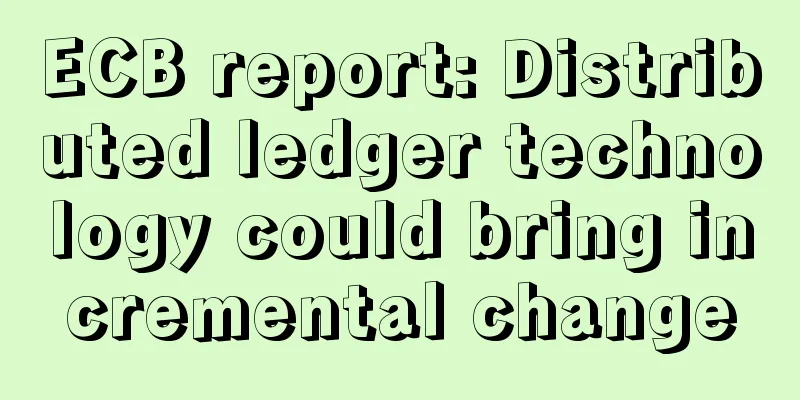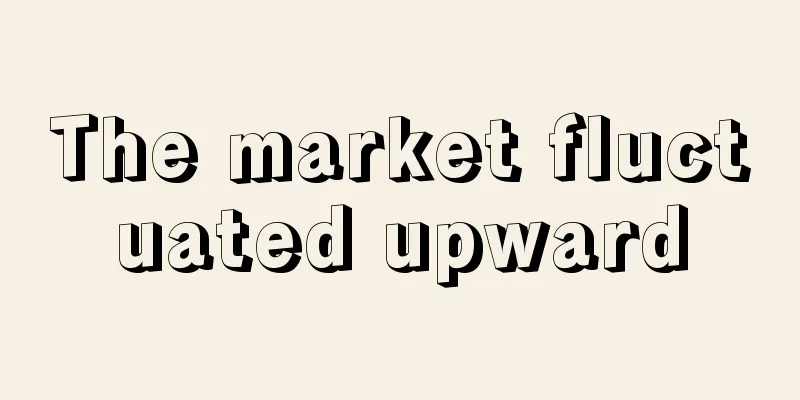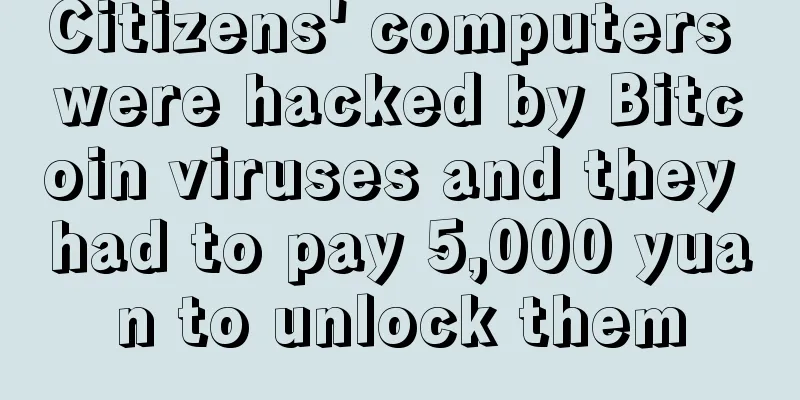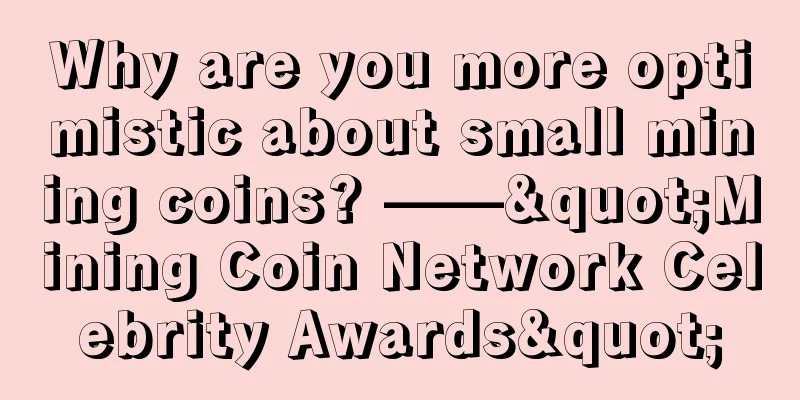ECB report: Distributed ledger technology could bring incremental change

|
The European Central Bank (ECB) has published a working paper on blockchain technology, examining its potential role and impact in securities markets. The paper, co-authored by ECB economists Andrea Pinna and Wiebe Ruttenberg, explores various possible blockchain market applications and the possible impact of distributed ledger technology on markets, while examining different uses of smart contracts in the foundations of securities markets. In a paper titled “Distributed Ledger Technology and Post-Trading Securities,” published on April 17, the authors state:
Markets may drive changeOverall, the paper provides a bird’s-eye view of the current post-trade settlement environment, identifying some of the pain points that blockchain advocates hope to improve with the technology. “Current market conditions, with low interest rates and expected increases in collateral demand, have squeezed profits for financial intermediaries,” the authors wrote, adding:
Nevertheless, problems remain, the authors go on to assert in their paper. Discussion on adoptionThe paper’s focus section explores the potential outcomes of industry experimentation with blockchain technology. In one scenario, post-trade institutions using blockchain applications are able to improve their overall efficiency, but their infrastructure remains unchanged. In this case, so-called “siloed” distributed ledgers will help operators cut costs while still encountering interoperability challenges. In more extreme cases, peer-to-peer networks would have the potential to cut out clearing and settlement firms entirely, placing the functions of securities issuance and trading squarely in the hands of investors and the companies that sell those assets. Ultimately, the paper's authors note that it's still too early to tell the exact impact of this technology, however, they speculate that any changes would likely occur over a longer timeline. The paper concludes:
|
>>: Bitcoin.com releases a ranking of the top ten Bitcoin figures. Is there anyone you like?
Recommend
Nvidia's third-quarter revenue hits record high as miners buy $175 million in graphics cards
Nvidia this week reported better-than-expected re...
"Smart Square" officially changed its name to "Smart Coin"
The Smart Square team recently announced that sta...
What does a broken palm on a man's right hand mean?
In our palms, there may be lines, broken palms, f...
Celebrity face analysis
In life, we also hear about and know about celebr...
Bitcoin is on a jumping machine. A picture reveals the black hand behind it.
Since the middle of last year, Bitcoin has been r...
What does it mean when a woman has a mole at the end of her eye? Is it good for a woman to have a mole at the corner of her eye?
What does it mean when a woman has a mole at the ...
Men who have difficulty getting rid of women's entanglement throughout their lives
Men who have difficulty getting rid of women'...
Three white eyes facial features
What is three white eyes? There are two types of ...
Illustration of fortune telling based on crescent eyebrow
Crescent eyebrows: clear eyebrows and beautiful e...
Is it good for a woman to have an overbite? Is she really a bad omen for her husband?
Having a good set of teeth can not only make you ...
What does Ju Men in the Palace of Illness represent?
Ju Men, a star belonging to Yin Earth, is one of ...
Regulatory storm! The central bank met with the three major Bitcoin exchanges and the State Administration of Foreign Exchange investigated multiple Bitcoin trading platforms
According to The Paper, on Friday (January 6), th...
What kind of woman is suitable to be a wife?
What kind of woman is suitable to be a wife? 1. A...
The face that likes to watch movies in free time
In their spare time, people generally have their ...
How to read a woman's philtrum
A person's destiny can be seen from the philt...









